Industry information
Company News
- Customized aluminum veneer, creating personalized space and new fashion
- Aluminum veneer curtain wall, the "gorgeous coat" of modern architecture
- Aluminum veneer customization, creating a new proposition for personalized space
- Wood grain aluminum veneer: a fashionable choice for modern architecture
- Wood grain aluminum veneer: a perfect fusion of natural texture and metallic charm
Industry dynamics
- Wood grain aluminum veneer: a perfect fusion of natural texture and metallic texture
- Aluminum veneer customization, creating a new trend of personalized space
- Imitation wood grain aluminum veneer: a harmonious symphony of modernity and nature
- Aluminum veneer: a magnificent turn of lightweight material
- Analysis of Price Trends in the Aluminum Veneer Market
Frequently asked questions
- Can aluminum veneer be used for building platform design?
- How to evaluate the impact of the plasticity of aluminum veneer on the appearance of buildings?
- Is the surface treatment method of aluminum veneer restricted?
- What are the types of aluminum veneer?
- Can the insulation function of aluminum veneer improve the comfort of buildings?
contact us
Mobile:+86 15627778610
Email: 2201229786
Address: No. 5 Binjiang Road, High tech Zone, Zhaoqing City, Guangdong Province
What is the surface treatment effect of aluminum veneer?
- Author: Lesilong Technology (Guangdong) Co., Ltd
- Release time: 2022-03-07 18:17:01
- Click:0
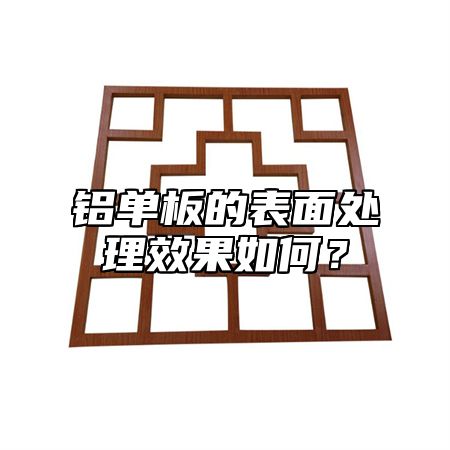
Aluminum veneerAs a commonly used building material, its surface treatment effect has a crucial impact on the quality and aesthetics of the product. Next, we will provide a detailed introduction to the surface treatment effect of aluminum veneer.
1. Anodizing
Anodizing is a common surface treatment method that can form an oxide film on the surface of aluminum veneer, thereby enhancing the corrosion resistance and wear resistance of the product. Anodizing can also create different colors and textures on the surface of aluminum veneer, increasing the aesthetic appeal of the product. During the anodizing process, it is necessary to control parameters such as time, temperature, and current to ensure that the surface treatment effect meets the requirements.
1. Spray coating
Spray coating is a method of evenly spraying paint on the surface of aluminum veneer, which can make the surface of aluminum veneer present different colors and glossiness. Spraying can not only improve the decorative effect of aluminum veneer, but also play a certain protective role. However, during the spraying process, it is necessary to pay attention to controlling the thickness and uniformity of the coating to avoid color differences or uneven coating.
1. Electrophoretic coating
Electrophoretic coating is a method of depositing charged particles from an electrolyte solution onto the surface of an aluminum veneer through the action of an electric field. Electrophoretic coating can make the surface of aluminum veneer present a uniform color and gloss, while also having good anti-corrosion and wear resistance properties. In the process of electrophoretic coating, it is necessary to control the composition and concentration of electrolyte solution, as well as factors such as electric field strength and time, to ensure that the surface treatment effect meets the requirements.
The surface treatment effect of aluminum veneer has a crucial impact on its quality and aesthetics. By using reasonable surface treatment methods and technical means, the surface of aluminum veneer can present different colors, textures, and glossiness, meeting the needs of different occasions. Surface treatment can also improve the corrosion resistance and wear resistance of aluminum veneer, extending the service life of the product. When choosing aluminum veneer, in addition to considering factors such as material and specifications, it is also necessary to pay attention to whether the surface treatment effect meets the requirements.

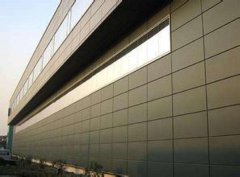
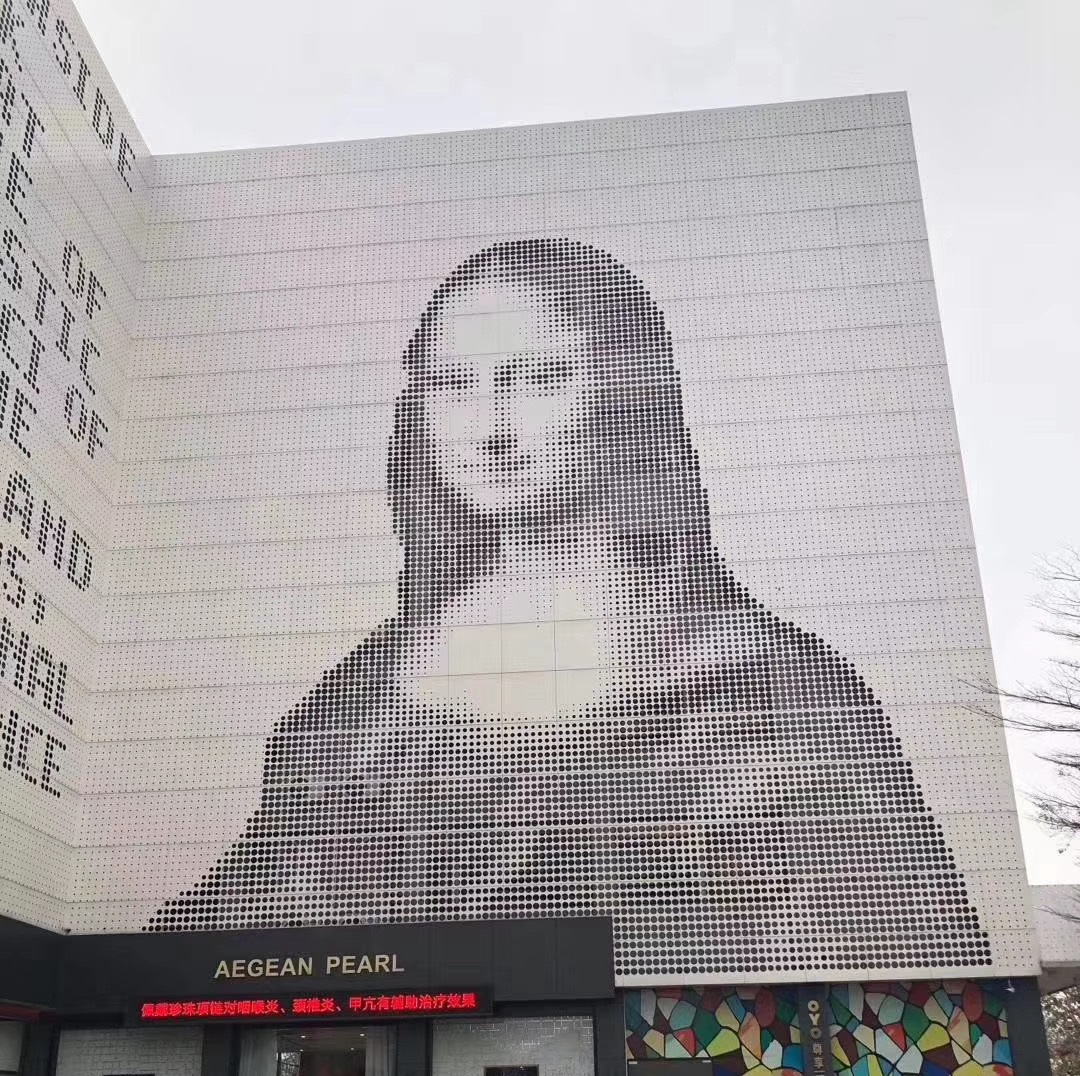

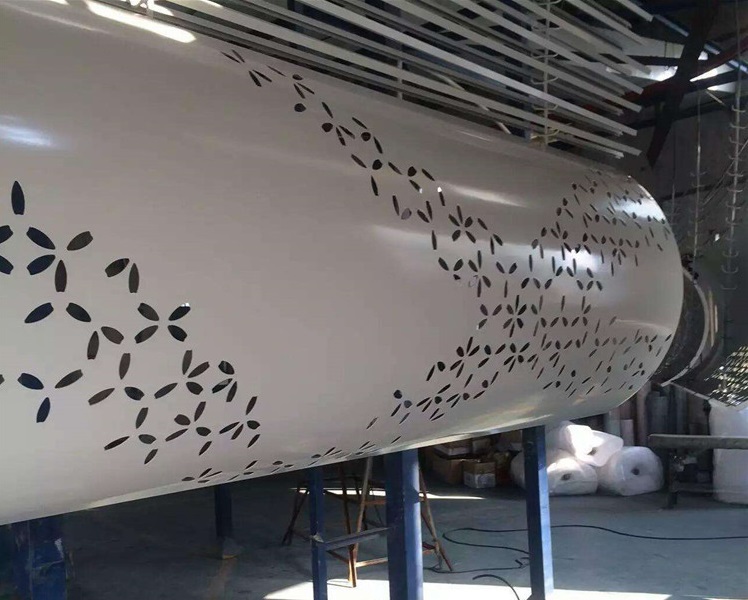
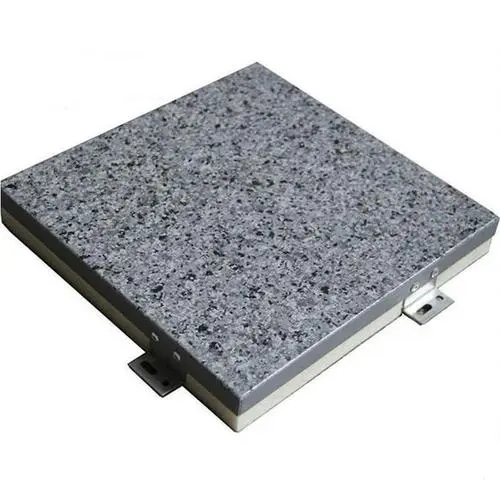
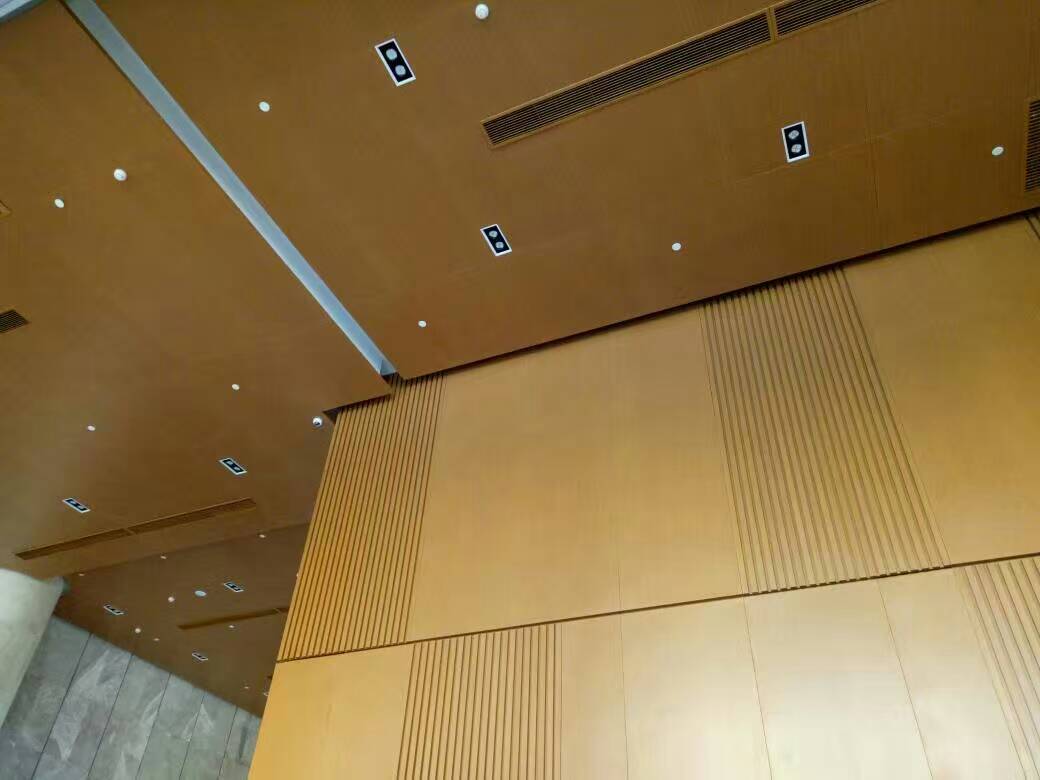
 Customer service QQ
Customer service QQ